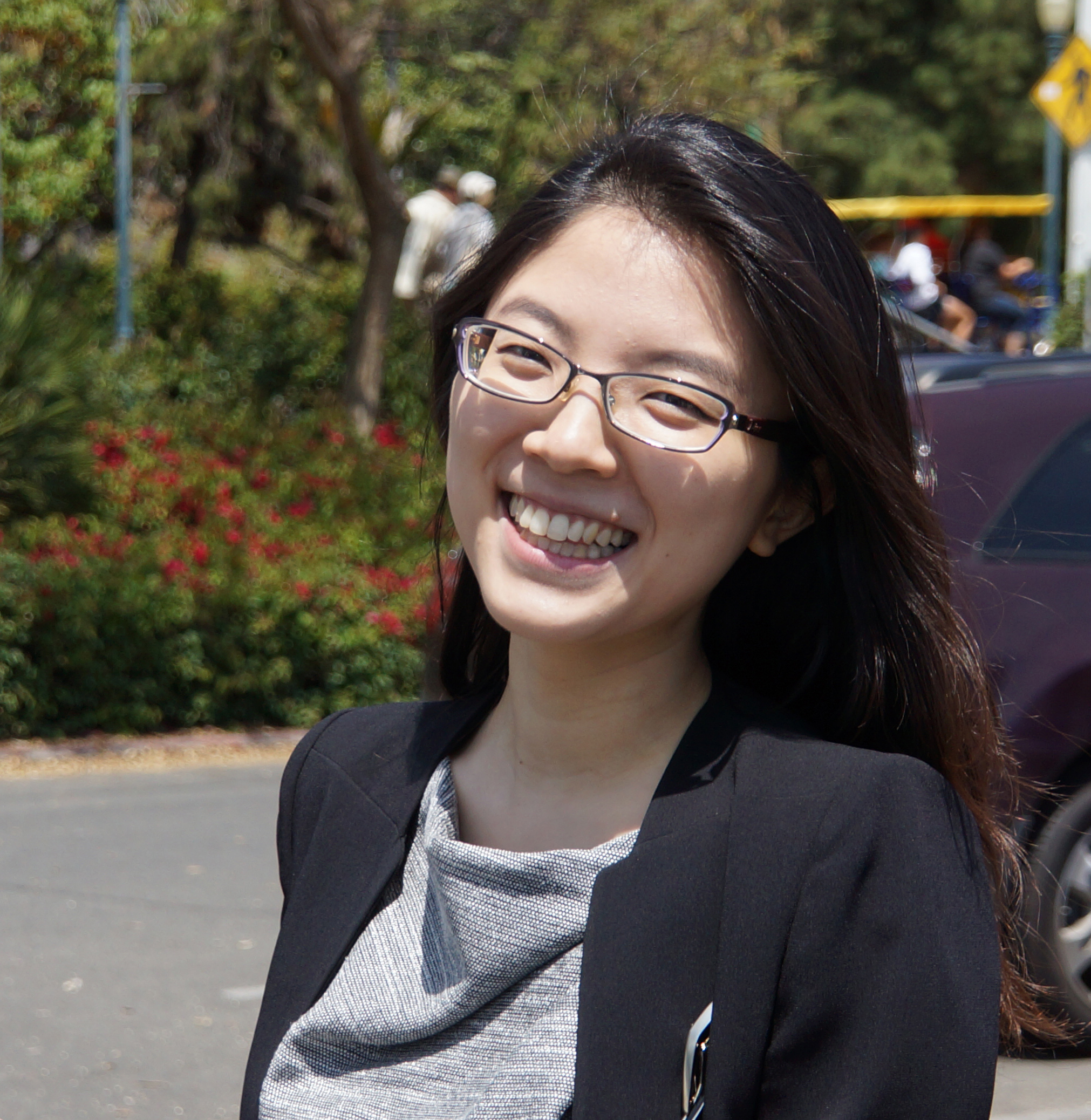
Hee-Sun was born and raised in Seoul, Korea. She was deeply inspired by frequent visits to her Father’s polymer chemistry laboratory throughout her youth but her initial interest in Chemistry was more on the theory side. During her college, she worked in the lab of computational biology and biomolecular engineering led by Chaok Seok, where they developed methods to predict the 3D structure of novel proteins. During her undergraduate research, she learned that she highly enjoys working at the interface of chemistry, biology and engineering. Right after college, she moved to Cambridge, USA to pursue graduate work in Physical Chemistry at MIT as a Samsung and KASF fellow. Under the guidance of Prof. Moungi G. Bawendi, she designed and synthesized quantum dot (QD) based imaging probes and established a QD-based phenotypic, intravital cytometric imaging platform. Using the new QD imaging platform, she was able to image live cells in wildtype mice at single cell resolution and probed their native extracellular environments for the first time. While in vivo imaging studies characterize the phenotype of cells and their extra-cellular environments, fundamental understanding of cellular behaviors requires molecular profiling of cells. Thus, Hee-Sun joined Harvard University as a postdoctoral fellow to work with David A. Weitz, where she developed drop-based microfluidic platforms for high throughput sequencing of single cells and viruses. Leveraging her expertise in microfluidics, materials chemistry, bioimaging, and genomics, Hee-Sun aims to invent new technologies that can uncover the fundamental rules governing the ensemble behavior of native biological systems. Hee-Sun enjoys hiking, skiing, and playing the piano.